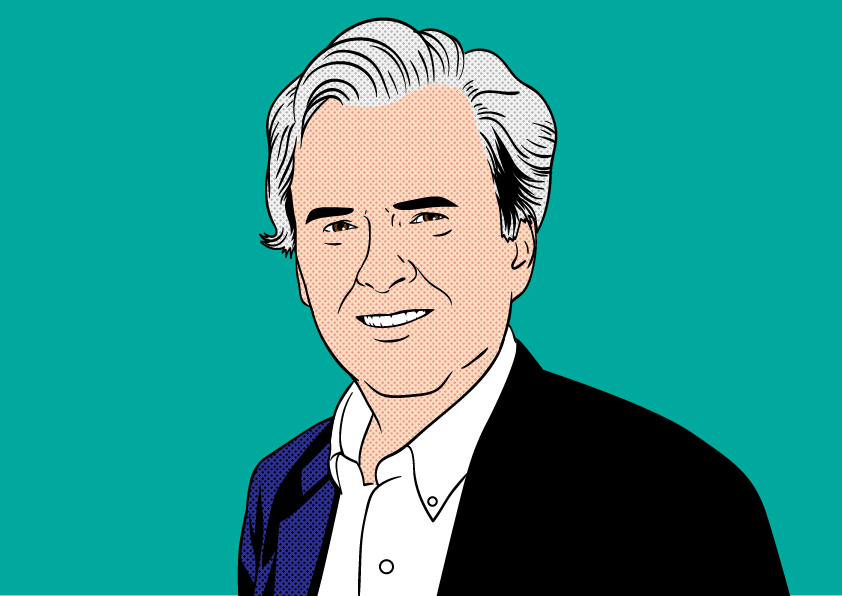Welcome to the Circus: The Carrier Pursuit of Irrelevance

By Robert McGarvey
Don’t mind me, I’m only yawning.
The headline in trade pub Travelmarket Report triggered yawns in me: Major Airlines Duke It Out For Free Live TV Supremacy.
For a brief second I was puzzled: what year is this?
I remember maybe 10 years ago when Continental, with much fanfare, introduced DirecTV and since I was flying business class in that era, it was free. In coach it apparently cost $6 and I’m sure I wouldn’t have paid for it because TV remains Newton Minow’s vast wasteland. The less I watch the happier I am.
So of course I am not thrilled that now United, American and Delta apparently are battling to see which can offer free TV to more passengers. Call this the airline homage to Juvenal, the first century AD satirist who said the masses could be sated with bread and circuses —
iam pridem, ex quo suffragia nulli / uendimus, effudit curas; nam qui dabat olim / imperium, fasces, legiones, omnia, nunc se / continet atque duas tantum res anxius optat, / panem et circenses
Translation: Already long ago, from when we sold our vote to no man, the People have abdicated our duties; for the People who once upon a time handed out military command, high civil office, legions — everything, now restrains itself and anxiously hopes for just two things: bread and circuses.
Call more TV at 30,000 feet circuses and even tho in coach free bread is but a memory, the executives at the carriers must think that maybe we’ll be sated with the circus, at least placated enough not to notice how dismal back of the bus carriage has become.
And I also scratch my head at how, well, primitive free TV on the seatback is. As Travel Market Report noted, “some airlines are choosing to remove seatbacks [that is, screens] altogether; after it acquired Virgin America, known for the quality of its inflight entertainment, Alaska Airlines said it would ultimately phase out the seat back screens in favor of better WiFi and streaming choices vis passenger devices.”
Many other carriers are said to be kicking that idea around, especially as they confront the coming era of pricier jet fuel. When fuel is expensive weight matters and, yes, a screen weighs little but multiply it by the number of seats and the weight begins to exact a fuel toll. Thus the interest in eighty sixing seatback screens – and putting the onus on passengers to tote their own devices (iPads, laptops, even smartphones) and to watch them.
Makes sense to me. Other than some glances at DirecTV on Continental a decade ago, I cannot recall even noticing the seatback screen on flights. My m.o. is to bring an iPad with a loaded Kindle app and to use flight time to read.
But that’s only after handling accumulated email because a principle I travel with is arriving home with a clean desk – and that means responding to all emails received when on the road during the homeward bound flight. If I have working WiFi – always a question and, yes, I’d be all in on an airline campaign to upgrade WiFi into a usable tool but we seem rather far from that — I’ll send off those emails from the air. But if not I’ll just backlog then and send when I land. Either way I’ve abided by my rules.
Which brings us to something that genuinely needs fixing: Most flights continue to lack WiFi and few have WiFi that is better than a nuisance. If carriers touted a rollout of usable WiFi – not free TV – I’d be first to applaud.
But, apparently, carriers think we are so dimwitted that we’ll be sated by the flickering TV screen and may even forget that we still don’t have WiFi worth spit.
Sigh, at least I have my iPad with roughly 1000 books downloaded. I know I won’t be watching the free TV and if enough of us don’t, will carriers get the message that TV is not an adequate substitute for working WiFi? Nah, I doubt it.
But it’s pretty to wish as much.

